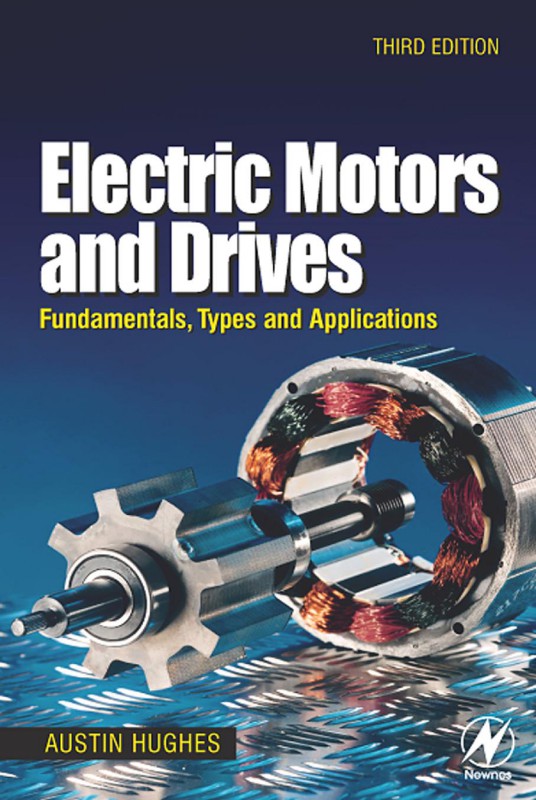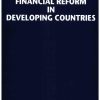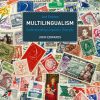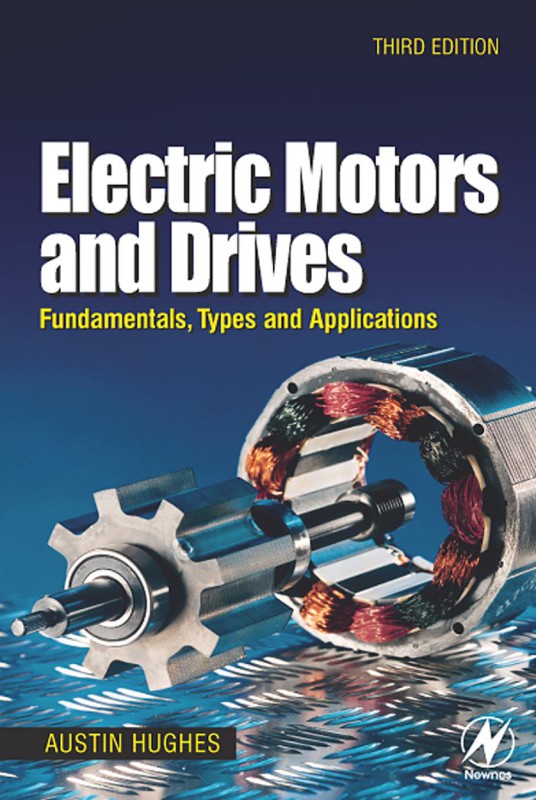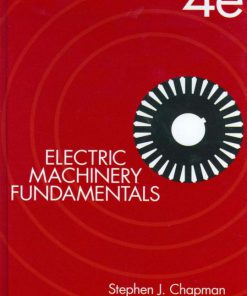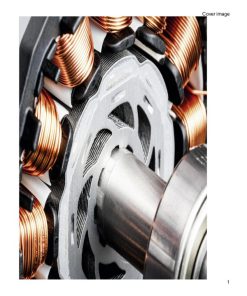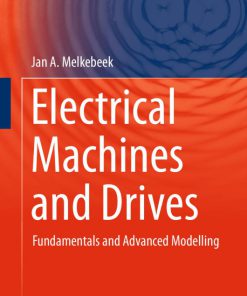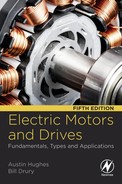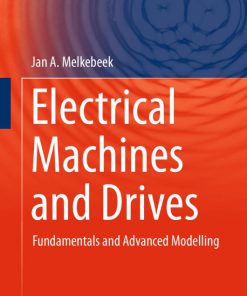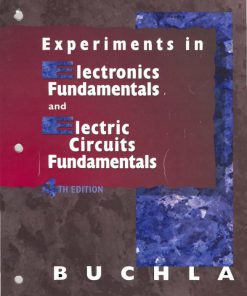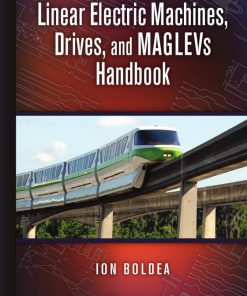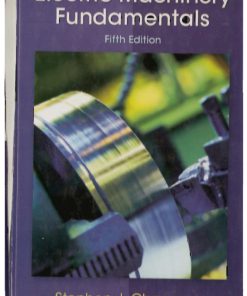Electric Motors and Drives Fundamentals Types and Applications 3rd Edition by Austin Hughes 0750647183 9780750647182
Original price was: $50.00.$25.00Current price is: $25.00.
Authors:Austin Hughes , Series:Electrical Engineering [50] , Tags:Technology & Engineering; Mechanical , Author sort:Hughes, Austin , Ids:Google; 9781483105277 , Languages:Languages:eng , Published:Published:Oct 2013 , Publisher:Elsevier , Comments:Comments:Electric Motors and Drives: Fundamentals, Types and Applications provides information regarding the inner workings of motor and drive system. The book is comprised of nine chapters that cover several aspects and types of motor and drive systems. Chapter 1 discusses electric motors, and Chapter 2 deals with power electronic converters for motor drives. Chapter 3 covers the conventional d.c. motors, while Chapter 4 tackles inductions motors – rotating field, slip, and torque. The book also talks about the operating characteristics of induction motors, and then deals with the inverter-fed induction motor drives. The stepping motor systems; the synchronous, switched reluctance, and brushless d.c. drives; and the motor/drive selection are also covered. The text will be of great use to individuals who wish to familiarize themselves with motor and drive systems.

